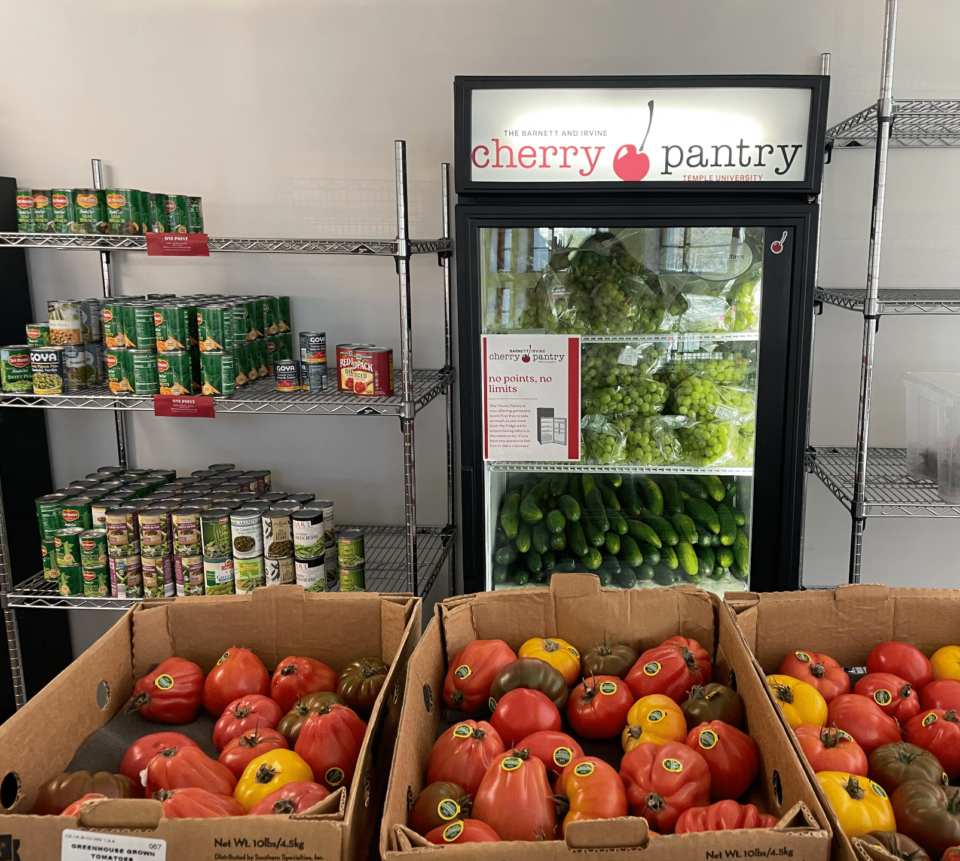The month of February is not only about love and romance; it is also about the heart. No, not the idea of your heart in love – we mean the organ which pumps 2,000 gallons of oxygen-rich blood throughout your body each day. This fist size muscle is pretty amazing and at this time of year deserves a little attention, as it is American Heart Month.
The focus of this month is to battle cardiovascular disease and increase education on what we can do to live heart-healthy lives. As if we shouldn’t do this all year long, during this month, we should REALLY focus on matters of the heart.
Take a break from reading this incredibly interesting article to see how The Chester County Hospital celebrates National Heart Month and learn a few tips about awareness:
Because heart disease (including stroke) is the leading cause of death for men and women in the United States (according to the Centers for Disease Control), this month should be important to each and every one of us. And for all you foodies out there, this may be the time to become more conscious of the foods that we fuel our heart and our bodies with.
Being overweight is considered a major risk factor for heart disease. The American Heart Association has found that even if you have no other risk factors, obesity alone can increase your risk of developing heart disease. And this can mean only being 20% overweight.
So, what can we do to help our hearts so we are at less risk for heart disease? Well, first, reducing your risk by just 10% can help lower your risk. You can do this by exercising regularly, and controlling your diet. No, this does not mean that you are limited to green leafy vegetables… all you have to do is limit your diet so that it includes no more than 30% calories from fat. For example if you eat 2,000 calories a day, you should include no more than 67 grams of fat. You can easily do this by limiting the amount of solid fats in your diet, such as butter, margarine and shortening. “But,” you cry, “these are the things that make our food so yummy!” Well, try using low-fat substitutions for these items. For example, top your baked potato with salsa instead of that pat of butter or use low-sugar fruit spread on your toast instead of margarine. This will also provide you with some new and interesting flavors for your meals.
Not all fats are bad for your heart and you have to use a little when you are cooking. Just choose the heart healthy kinds. Choose Olive oil, Canola oil or Margarine free from trans-fats in place of Butter, Lard, Bacon Fat, Gravy, Cream Sauces or any type of Hydrogenated Margerine or Shortening. Even broth or juice can take the place of fats when sautéing. Making these choices can help to keep your cholesterol in check as well as put you on your way to getting back into those skinny jeans.
Another way to fuel your heart with the good stuff is to choose low-fat protein sources. This means opting for an egg white omelet, drinking skim milk instead of whole or 2%, eating fish or skinless poultry in place of the fatty meats like beef, bacon and hotdogs or sausage. Beans and nuts are also a good way to pack in some protein without all of the unhealthy fats and cholesterol.
Of course, we should also incorporate more vegetables and whole grains into our diet. Instead of the fries with your meal, opt for a side salad with a vinaigrette or steamed vegetables. Instead of a white roll on your sandwich, use whole wheat bread.
Salt is an agent in our food that can contribute to high blood pressure. Limit the salt you add to food while cooking and try to avoid canned or processed foods which are packed with salt. If you enjoy canned soup or lunch meats, opt for the low-salt varieties. Also, try to limit your condiments; these have high concentrates of sodium. To keep the taste in your food while decreasing salt, add more herbs and spices to your meal.
All of the above tips on eating heart-healthy would be void if we didn’t mention portion size. Knowing what to eat is only half the battle. You have to know how much to eat. Knowing the serving size of certain foods is key – and they can sometimes be surprising. For example a serving size for pasta is half a cup and a serving size of meat is about the size of a deck of cards. Be conscious of the portion size at restaurants, they are almost always too large.
So, if you take these simple tips for eating to heart this month, you are on your way to a healthier you.
Here’s to a healthy and happy heart this month!
To learn how healthy your heart is and your risk for developing heart disease in the next ten years, take our online Heart Tracks Cardiac Risk Assessment or attend one of our full Heart Tracks Cardiovascular Screenings held throughout the county.






